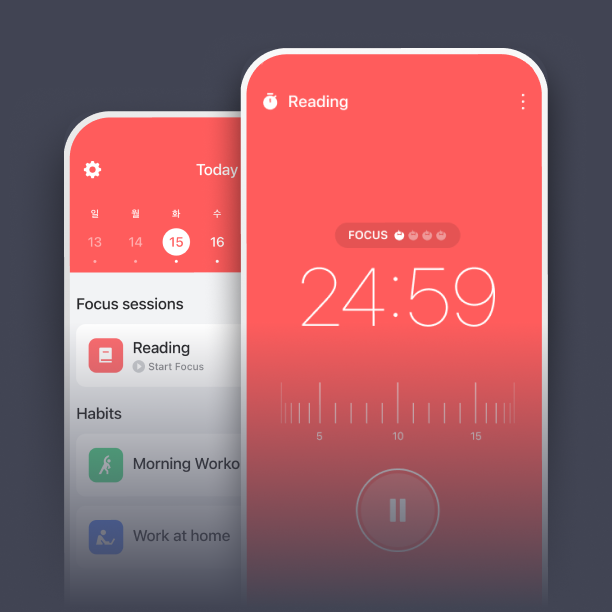What is work schedule flexibility tools?

What is work schedule flexibility tools?
In today’s fast-paced world, work-life balance is more crucial than ever. With the rise of remote work and varying employee needs, work schedule flexibility tools have become essential for many organizations. These tools help manage schedules in a way that promotes productivity while accommodating personal commitments. By understanding what these tools are and how they work, you can enhance both individual and team performance.
Understanding Work Schedule Flexibility Tools
Work schedule flexibility tools are digital platforms designed to help both employers and employees manage their work hours more effectively. They allow for a degree of autonomy in scheduling, which contrasts sharply with traditional 9-to-5 setups. Instead of rigid work hours, these tools enable employees to choose when they work based on their productivity peaks, personal obligations, or even geographical location.
For instance, a tool like Trello can help teams organize tasks and deadlines without strict time constraints. This flexibility empowers employees to work when they feel most productive. In contrast, traditional scheduling methods often lead to burnout and disengagement due to their inflexible nature.
Types of Work Schedule Flexibility Tools
There are several types of tools that enhance work schedule flexibility:
Time-Tracking Software
Time-tracking tools like Clockify allow employees to log hours worked on various projects. This feature is helpful for those who juggle multiple tasks or freelance work, ensuring they get paid accurately while managing their time effectively.
Project Management Tools
Software such as Asana or Basecamp provides a platform for teams to collaborate on projects without the need for constant meetings. These tools often have features that enable members to check in on progress and deadlines at their convenience, reducing the pressure of synchronized schedules.
Mobile Apps
Many companies have adapted mobile applications that facilitate scheduling on-the-go. Apps like Slack and Zoom allow for instant communication and virtual meetings, making it easier to connect without the rigid structure of office hours.

Photo by energepic.com
Benefits of Implementing Flexibility Tools
The implementation of work schedule flexibility tools comes with numerous advantages for both employees and employers.
-
Increased Job Satisfaction: Employees appreciate having a say in their work hours, leading to higher levels of job satisfaction. Happier employees tend to be more engaged and motivated.
-
Improved Productivity: Flexibility allows employees to work during their peak productivity hours, which can lead to better output. Research shows that employees who control their schedules tend to perform better overall (Forbes).
-
Better Retention Rates: Companies that offer flexible work options often experience lower turnover rates. Employees are less likely to seek other jobs when they feel their needs are being met.
-
Reduced Stress: Flexibility can significantly decrease stress levels, as employees can balance their personal and professional lives better, leading to improved mental health.
How to Select the Right Work Schedule Flexibility Tools
Choosing the right tools for work schedule flexibility requires careful consideration. Here are some criteria to keep in mind:
-
Team Size: Larger teams may need more robust tools that can manage multiple users, while smaller teams might opt for simpler solutions.
-
Business Needs: Identify what your team specifically requires. Do you need time-tracking, project management, or communication tools?
-
User-Friendliness: Choose tools that are easy to navigate. Complicated software can lead to frustration and decreased productivity.
Top Recommended Work Schedule Flexibility Tools
Here are some popular tools that can help your team manage their work schedules more flexibly:
-
Trello: A visual project management tool that helps teams organize tasks and schedules. Its flexibility allows team members to work at their own pace while still meeting deadlines.
-
Asana: This platform helps teams coordinate and track work without rigid structure. It’s excellent for teams that need to collaborate on various projects.
-
Clockify: A time-tracking tool that allows users to monitor how they spend their work hours. It’s particularly useful for freelancers or employees juggling multiple projects.
-
Slack: A communication tool that enables instant messaging and file sharing among team members, reducing the need for in-person meetings.
Challenges and Considerations with Flexibility Tools
While these tools can enhance productivity, they come with challenges. Organizations may face resistance from employees who are accustomed to traditional schedules. Additionally, if not implemented correctly, flexibility may lead to confusion regarding availability.
Overcoming Resistance to Change
To encourage team buy-in, consider these strategies:
-
Provide Training: Ensure employees know how to use the new tools effectively. Offer training sessions to help them become comfortable with the changes.
-
Highlight Benefits: Communicate the advantages of workplace flexibility. Sharing success stories can illustrate how these tools enhance productivity and satisfaction.
-
Gather Feedback: Encourage open communication about the tools’ effectiveness and areas for improvement. Adjusting based on feedback can help ease the transition.
Conclusion
Work schedule flexibility tools are revolutionizing how we approach productivity and work-life balance. By offering employees the autonomy to choose their work hours, organizations can foster a more engaged and satisfied workforce. The benefits are clear, from improved job satisfaction to enhanced productivity.
As you explore these tools, consider your team’s unique needs and challenges. With the right implementation, you can create a more flexible and productive work environment that meets the demands of today’s workforce.
